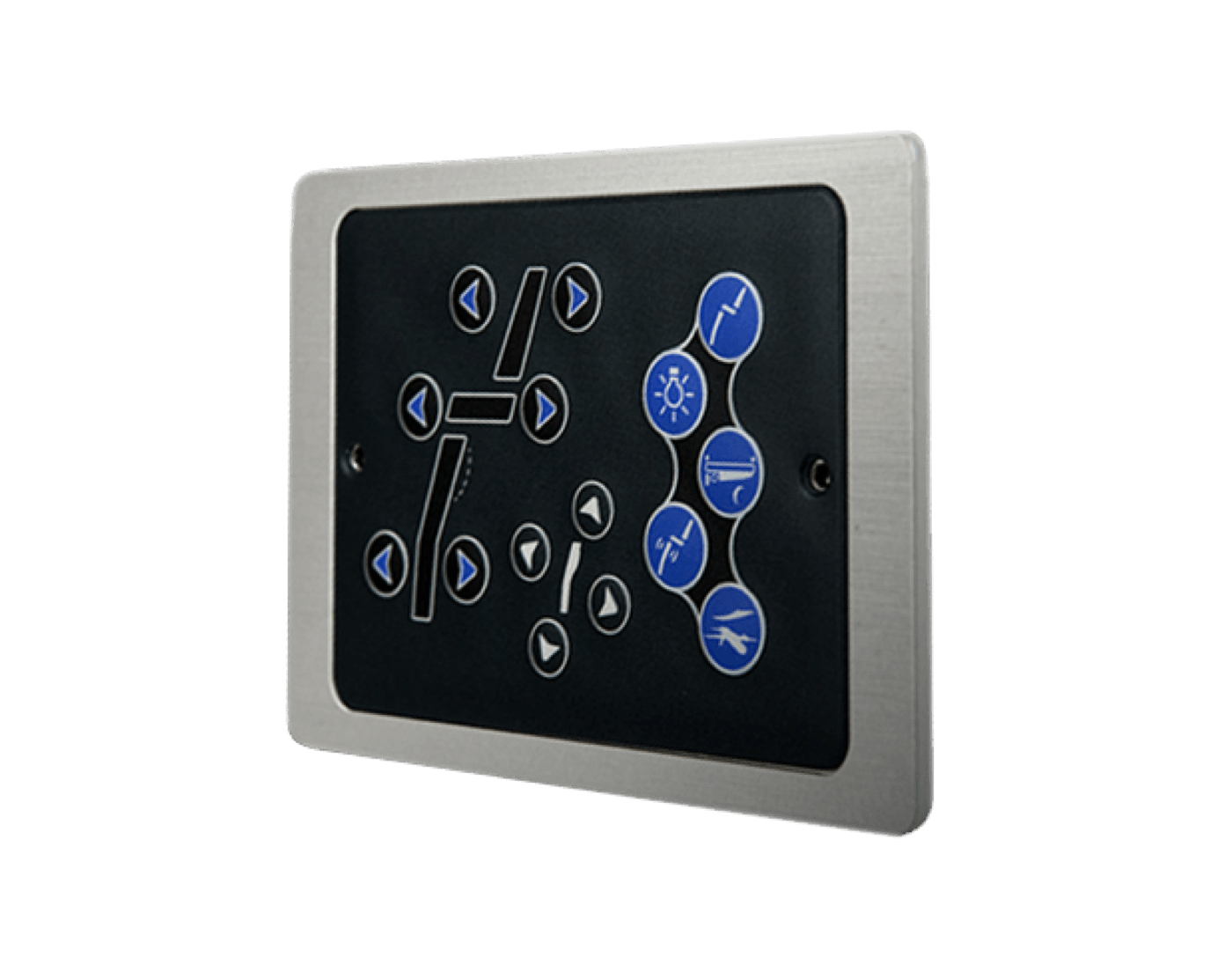Membrane Switches: A Cost-Effective Solution for Product Interfaces
Comprehending the Relevance of Membrane Switches in Interface
Membrane switches are essential elements in the style of effective user interfaces, assisting in not just capability however also improving aesthetic allure and customer interaction. As we check out the future patterns and various advantages associated with Membrane innovation, it becomes clear that these switches are much more than just parts; they stand for a convergence of technology and usefulness.
What Are Membrane Buttons?

The spacer layer, which contains glue homes, allows for the separation of the circuit layer from the overlay, guaranteeing that the button stays in a non-activated state up until pushed. When stress is related to the overlay, it presses the spacer layer, linking the void and finishing the circuit in the underlying layer. This design not only minimizes the physical space needed for conventional mechanical buttons but additionally improves the sturdiness of the tool, as Membrane buttons are typically resistant to dust, wetness, and other ecological factors.
Generally located in applications varying from consumer electronics to medical tools, Membrane buttons are integral to modern technology, offering a easy to use and efficient interface that straightens with contemporary style needs.
Benefits of Membrane Buttons
While various button technologies exist, Membrane Switches offer distinct benefits that make them especially desirable in numerous applications. Among the primary advantages of Membrane switches is their small layout, which permits space-saving implementations in gadgets where realty is limited. Their slim account not just enhances aesthetic appeal but likewise helps with lightweight building and construction.
An additional substantial advantage is their resistance to ecological variables. Membrane switches are normally secured against wetness, dirt, and pollutants, making them ideal for use in requiring environments, such as clinical gadgets and industrial equipment. This sturdiness prolongs the life expectancy of the switch, minimizing maintenance costs and improving integrity.
In addition, Membrane switches can be customized to satisfy specific layout demands, including distinct graphics and colors that boost user interaction. Their responsive responses alternatives can also be tailored to provide a rewarding user experience. In addition, Membrane buttons are affordable, specifically in high-volume applications, as they can be created successfully.
Applications in Different Industries

In the customer electronic devices market, Membrane buttons are common in gadgets such as microwaves, cleaning machines, and push-button controls. Their responsive responses and visual alternatives enhance individual experience while supplying a smooth, modern-day appearance. Furthermore, automobile manufacturers make use of Membrane buttons in control panel controls and infotainment systems, where space is limited, and customer involvement is important.
Moreover, the industrial industry leverages Membrane buttons in control panels for machinery and tools, permitting intuitive procedure in often harsh environments. Their resistance to chemicals and dampness guarantees longevity and dependability in these applications. In general, the adaptability of Membrane Switches contributes considerably to their extensive use, making them vital in numerous technical domain names.
Design Factors To Consider for Membrane Buttons

When creating Membrane buttons, a number of vital considerations need to be thought about to make certain optimum performance and user experience. First of all, the selection of materials is critical; picking sturdy, high-grade substrates can improve the switch's long life and resistance to ecological variables such as moisture and temperature fluctuations.
Secondly, the layout of the graphic overlay need to focus on clarity and convenience of use. Symbols and message must be understandable, and the format ought to assist in instinctive interaction (membrane switches). In addition, tactile comments is necessary; including a responsive dome or various other systems can improve the user experience by providing physical confirmation of activation
One more crucial factor is the switch's electrical performance. Developers have to guarantee that the conductive traces are correctly made to lessen resistance and prevent signal interference. This includes examining the required actuation pressure and guaranteeing compatibility with the electronic components they will user interface with.

Future Patterns in Membrane Innovation
As innovation continues to development, Membrane buttons are poised to evolve considerably, driven by developments in materials and manufacturing techniques. One emerging fad is the unification of sophisticated materials, such as versatile substrates and conductive inks, which boost durability and minimize the total weight of Membrane switches. These products not just improve the tactile action yet likewise enable for the design of buttons that can endure harsher ecological problems.
Furthermore, the assimilation of touch-sensitive modern technologies is changing conventional Membrane Switches into even more interactive interface. Capacitive touch sensing units installed within Membrane switch panels can offer a more responsive and helpful hints instinctive customer experience, lining up redirected here with the growing demand for streamlined, modern-day designs in consumer electronic devices.
Additionally, innovations in printing methods, such as digital and 3D printing, allow rapid prototyping and personalization of Membrane buttons. This adaptability allows manufacturers to react faster to market demands and customer preferences.
Finally, sustainability is becoming a significant focus, with producers checking out environmentally friendly materials and processes. As these trends unravel, the future of Membrane technology guarantees enhanced functionality, visual allure, and environmental obligation, solidifying their function in advanced interface throughout different sectors.
Verdict
In conclusion, Membrane Switches represent an important element in the design of individual interfaces, integrating capability with visual adaptability. As developments in technology continue, the evolution of Membrane buttons is anticipated to further refine customer interfaces, driving technology and improving functionality in a progressively complicated technical landscape.
Membrane switches are integral parts in the design of reliable customer interfaces, facilitating not only functionality yet additionally boosting aesthetic allure and user interaction.Membrane Switches offer as an important element in various user interfaces, promoting a seamless communication between customers and electronic tools.While various button innovations exist, Membrane Switches deal unique benefits that make them particularly preferable in numerous applications.Moreover, Membrane switches can be tailored to fulfill particular style requirements, incorporating unique graphics and shades that boost customer communication.In final learn this here now thought, Membrane Switches represent an important component in the layout of user interfaces, incorporating capability with aesthetic flexibility.